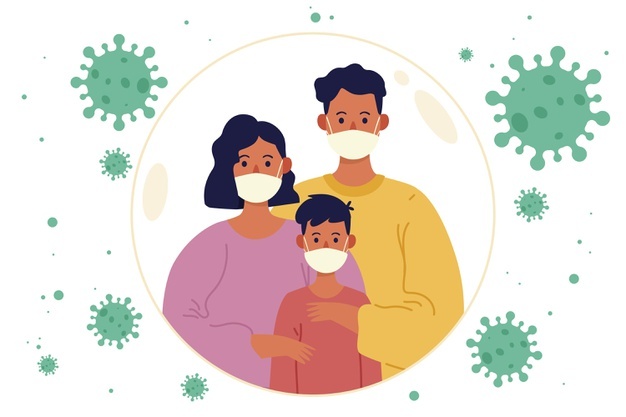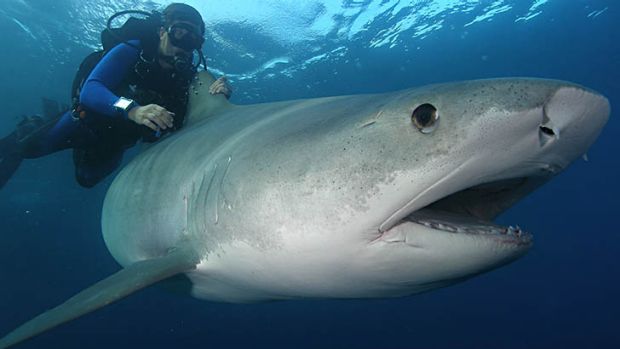There are two types of microbes that live in our body one type is harmful microbes and others are not harmful.
There are some microbes that live within our body and thrive as a colonist. They derive benefits from our body without harming us. Some of the beneficial microbes even synthesise vitamins, break down food into smaller particles and stimulate our immune system.
Microbes can be of three types viruses bacteria and fungi.
What are viruses
Viruses are tiny packets of nucleic acid either DNA or RNA and surrounded by protein shell and sometimes fatty material called lipids. The size of virus ranges from 20 to 400 nm in diameter with this size, billions of viruses can fit on the tip of a nail.
Viruses are like a dead particle when they are not in the host environment . Once they enter a host environment they become alive ,they hijack the healthy cells and make copy of itself.
Viruses are also of specific type like cold and flu viruses attack the respiratory tract , HIV virus attacks the T cells of the human system . A virus can enter human body through eyes nose mouth or sometimes even can break into the skin through wounds etc.
So how does the virus attacks is cell
A virus particle will attach to the host cell then it will release its genetic instructions into the host cell then the injected genetic material will recruit the host cell’s enzyme. In return enzyme will make parts of more viruses and the new particle assemble the parts into new viruses and new particles break free from the host cell to attack another cell.
Viruses are like keys , they carry genetic instructions that help them replicate they make use of host cell to make more viruses using the genetic instructions.





